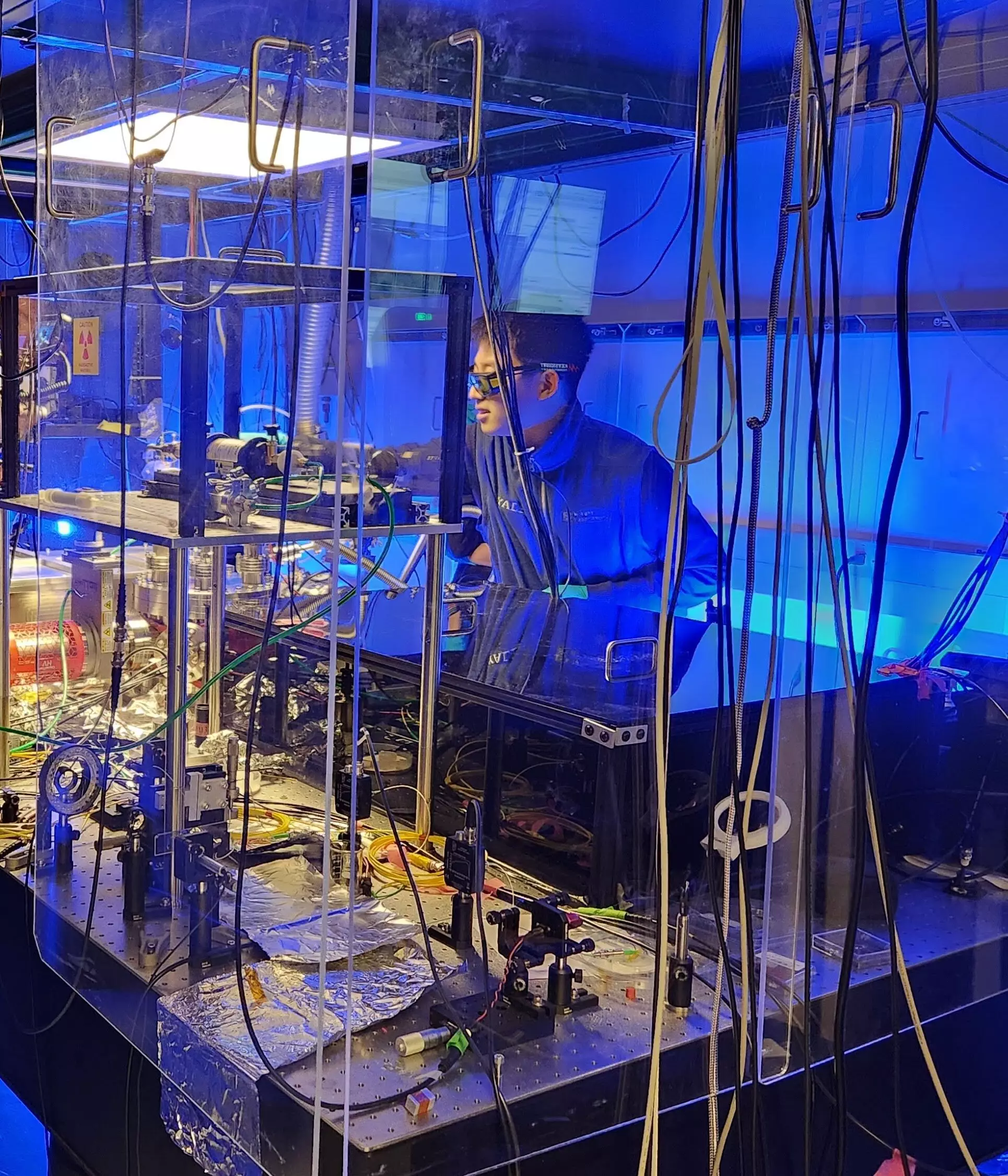In the ever-evolving realm of particle physics, the boundaries of what we know are being stretched with the advent of novel technologies and methodologies. The quest for understanding fundamental forces and particles has driven scientists to innovate, leading to breakthroughs that hold profound implications for both theoretical and applied sciences. This surge of innovation comes at a time when researchers are increasingly employing sophisticated devices capable of measuring interactions at the quantum scale. Among these advancements is a groundbreaking approach introduced by researchers at Yale University, which could redefine how we detect nuclear decay processes.
Precision Engineering Meets Quantum Mechanics
The research spearheaded by physicist David C. Moore and his colleagues centers around developing micron-scale sensors capable of unprecedented sensitivity. Unlike traditional detection methods that struggle with neutral particles, this innovative technique relies on monitoring minute forces at play when a nuclear decay occurs. Through a meticulous setup involving optically trapped particles, the Yale group has begun to operationalize methods that may accurately capture the elusive signatures of fundamental particles.
The efficiency of these sensors is particularly noteworthy. By utilizing the interactions between implanted radioactive nuclei and their environment, the research team has demonstrated an ability to detect changes in charge that signal a nuclear decay. For instance, an alpha particle emitted during this process can impart a measurable force on a dust-sized particle, which these sensors are capable of detecting. This meticulous attention to detail reflects a broader trend in modern physics, where precision and sensitivity are no longer optional but essential prerequisites for cutting-edge research.
Unveiling the Invisible: The Challenge of Neutral Particles
The real brilliance of this new detection technique lies in its capacity to make neutral particles detectable—an accomplishment that could transform our understanding of nuclear processes. Currently, conventional detectors often falter when faced with such particles, which elude measurement due to their lack of electric charge. However, the Yale team’s innovative method holds the potential to unveil insights that have been hitherto inaccessible, shedding light on phenomena such as dark matter and exotic particles.
Moore’s claim that the new technique can facilitate the observation of ‘rare events,’ like assessing dust-sized particles for nuclear monitoring, exemplifies the type of revolutionary application these advancements might have. Imagine being able to count individual nuclear events that occur infrequently. This not only has implications for fundamental research but also poses substantial benefits for areas such as environmental monitoring and nuclear non-proliferation.
New Possibilities in Particle Physics Research
The impact of the Yale study extends far beyond detection alone. With these advanced techniques, researchers may soon sharpen their focus on pressing questions in particle physics, including but not limited to the nature of dark matter and the properties of long-lived isotopes. These inquiries remain central to our understanding of cosmic phenomena and the fundamental makeup of the universe.
Looking ahead, Moore and his team plan to refine their methods further by extending the capabilities to even smaller nanoparticles. The implication here is momentous; in detecting a single neutrino’s momentum, scientists might uncover new evidence that challenges or enhances prevailing physical theories. Patients of quantum physics waiting for a revelation may find hope in the promise of this methodology—a means of probing the unseen fabric of reality.
The research emerging from Yale University stands at the intersection of physics and engineering, heralding a new era of particle detection. With an arsenal of innovative tools and methodologies, scientists are uniquely positioned to illuminate the dark corners of quantum mechanics that have long evaded scrutiny. As these technologies continue to mature, we are likely to witness an acceleration in our understanding of the universe, one particle at a time. Such advancements are not just academic curiosities; they are the keys to unlocking the mysteries of nature, providing insights that may redefine our fundamental understanding of reality itself. The dance of particles in the quantum realm has become increasingly vivid, and the implications are as boundless as they are fascinating.


Leave a Reply